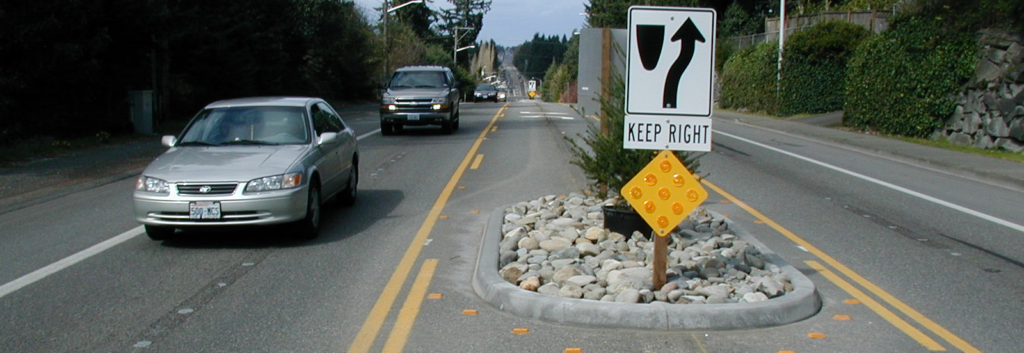
Carriles más estrechos: Pequeños cambios, calles más seguras
Las calles urbanas son un campo de batalla de necesidades contrapuestas. Pero, ¿y si un sutil retoque en el diseño pudiera cambiar radicalmente los resultados? A 2025 Sostenibilidad analizó 320 segmentos de carreteras arteriales en todo Utah y reveló una verdad de alto riesgo: cada pie adicional de anchura de carril aumenta la velocidad del percentil 85 en aproximadamente 1 mph - y aumenta las probabilidades de accidentes con heridos en 1,5 mph. 38% mdpi.com.
Por qué es importante la anchura de carril
Los carriles más anchos parecen indulgentes y los conductores responden en consecuencia. Ese espacio extra se traduce directamente en una mayor velocidad, lo que en entornos urbanos aumenta exponencialmente la gravedad de las colisiones. Incluso un modesto aumento de 1 mph puede suponer la diferencia entre un moratón y una lesión que cambie tu vida.
Cifras exactas
Las conclusiones del estudio son contundentes: cada metro de más aumenta la probabilidad de lesiones y accidentes en casi dos quintas partes, una relación que se mantiene independientemente de otros factores. Estrechar los carriles a 3,5 metros no es sólo teórico, sino que se trata de una iniciativa respaldada por pruebas para lograr un cambio significativo.
Un cambio rentable
A diferencia de los costosos proyectos de infraestructura, el estrechamiento de carriles -a menudo denominado "dieta vial"- puede aplicarse rápidamente mediante una nueva señalización. Es rápido, barato y reversible. Además, abre espacio para aceras, carriles bici, ampliaciones de bordillo, zonas verdes... o todo lo anterior.
Impulso mundial y pruebas
Los resultados de Utah se hacen eco de tendencias más amplias: Los carriles separados de Boston redujeron las colisiones a menos de la mitad; el estudio de Florida sobre la densidad de las entradas de vehículos advierte contra el diseño descuidado de los accesos. En conjunto, forman un relato convincente: las calles diseñadas con precisión protegen vidas.
Manual de aplicación
- Auditoría y objetivos: Utiliza datos locales para encontrar carreteras peligrosamente anchas.
- Involucrar a las partes interesadas: Mostrar a las comunidades los argumentos a favor de un cambio sutil.
- Piloto Primero: Las nuevas líneas de construcción rápida mejoran la seguridad.
- Medir el impacto: Registra las velocidades y las estadísticas de colisión antes y después.
- Iterar y ampliar: Ampliar los proyectos piloto de éxito a toda la zona de estudio
Por qué es importante
No se trata de dogma urbanístico, sino de una intervención pragmática basada en datos. Estrechar los carriles no reduce el acceso, sino que lo reequilibra. Se trata de recuperar el espacio público controlando la velocidad y el riesgo.
Llamamiento a la acción
Para planificadores y defensores, la anchura del carril es una fruta al alcance de la mano. Es un dial de diseño que, cuando se gira, produce calles más seguras, comunidades más sanas y mejores experiencias a pie y en bicicleta. Pasemos de los rediseños brutos a las intervenciones precisas. Reduzcamos los carriles y ampliemos las oportunidades.
